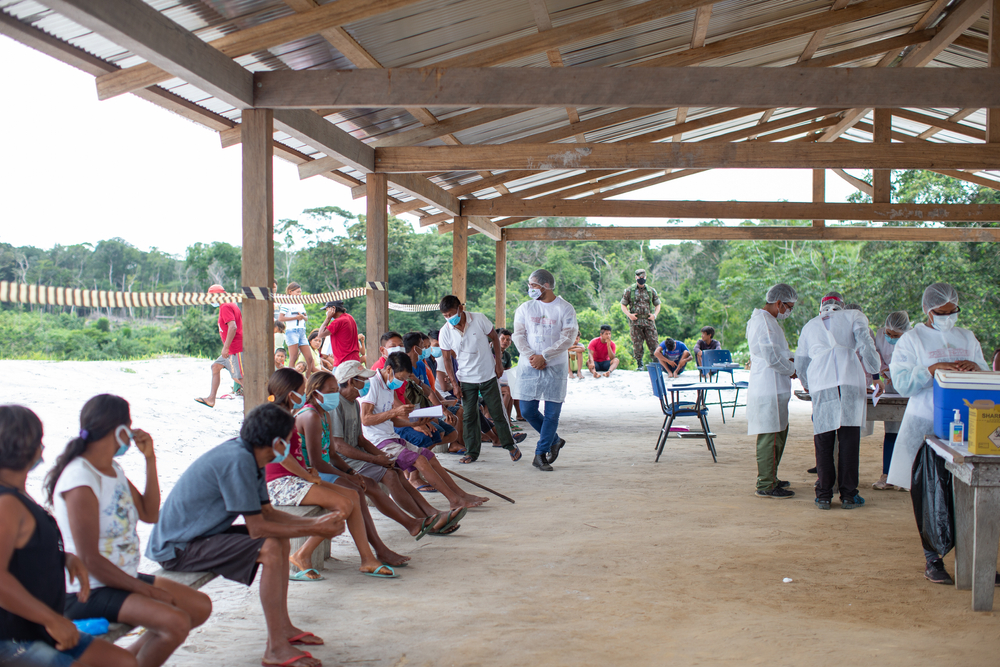At the peak of the first Covid-19 wave in Brazil, midway through 2020, the city of Manacapuru — in the northern state of Amazonas, in the heart of the Amazon rainforest — had the highest deaths per capita rate in the country. Manacapuru has no intensive care unit (ICU). The closest ones are found in Manaus, the state capital, 100 kilometers away. But it was undergoing its own coronavirus hell as its health system completely collapsed.
The second-best options for an ICU bed were in Porto Velho, a 1,000-kilometer drive through the Amazon rainforest, or in Santarém, in the neighboring state of Pará, a 34-hour car ride – making a transfer all but impossible for Covid-19 patients in desperate need of ventilators.
On first glance, Manacapuru is in a privileged location, sitting near a major Amazonian urban hub. In comparison, 20 percent of the residents of Amazonas state live at least four hours away from the nearest ICU bed. However, Manacapuru is along the Tocantins river, which brings patients from all around the state, overburdening its already-flimsy health system.
During the coronavirus crisis, the pressure on the region’s few hospitals was so intense that the state broke the record for registered deaths within a single month back in January 2021, when a second Covid wave crushed the Amazon region.
Critical patients without access to ventilators died of asphyxia at home and even in some hospitals. Multiple lives were saved (or at least prolonged) by family members and healthcare workers manually pumping oxygen into patients’ lungs for hours. Others had to be tied to stretchers while intubated, due to a lack of sedatives.
The crisis was so dire...


 Search
Search






































